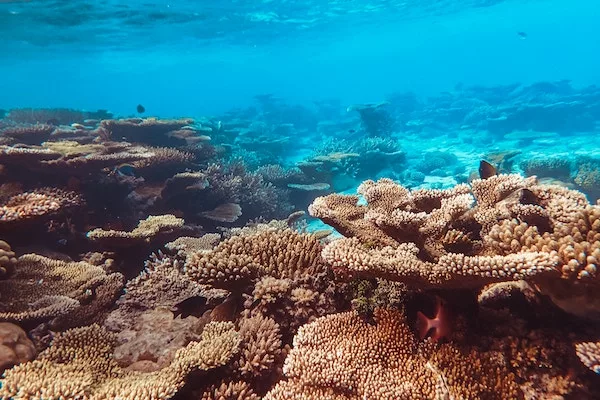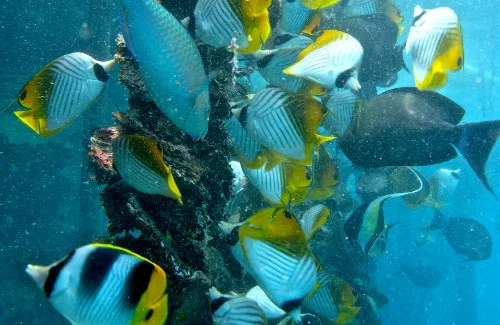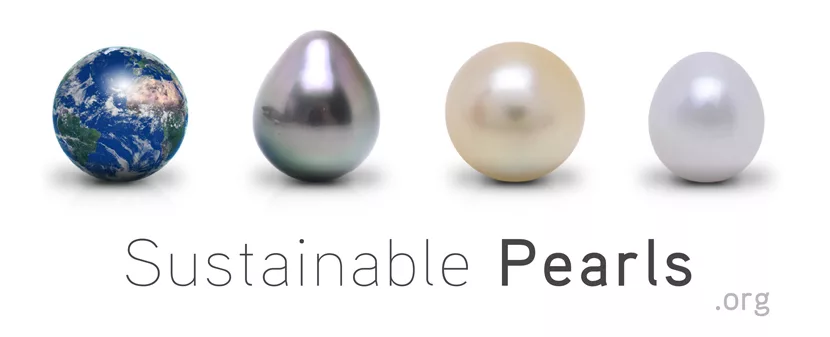Ecology
A pristine and thriving ecosystem offers pearl oysters the nutrients, water quality and shelter they need for healthy growth. It is key to producing high-quality cultured pearls.
Pearl oyster mortality episodes in Japan, French Polynesia and the Cook Islands in recent decades have shown that farming practices and ecological changes can have serious effects on the pearling industry. Factors such as elevated temperatures, salinity changes, particulate organic matter (POM) concentrations and potential disease agents can have fatal impacts on oyster health.
Ecology
Coral Reefs

Many cultured pearl farms are located in areas of the Pacific that boast the greatest marine biodiversity on the planet. These are also areas that are affected by coral reef degradation. Coral reefs play an important role in the life cycle of pearl oysters: they are substrates for reproduction, sources of nutrients for oysters and home to many fish and other organisms that play an important role in maintaining oyster health.
In French Polynesia, for example, many smaller farms let reef fish remove biofouling from pearl oysters. This practice is founded on healthy fish populations that are often found in reef ecosystems.
Ecology
Fish

High-density stocking of pearl oysters can impact marine environment because of the important biomass, the nutrients consumed by the organisms and the deposition of feces. However, research in a number of pearl farming areas suggests that if the activity is carried out responsibly it has few negative impacts and even has positive impacts on shore fish populations.
Many pearl farms have banned fishing from their concessions and the many oyster nets within a pearl farm can offer small fish shelter.
